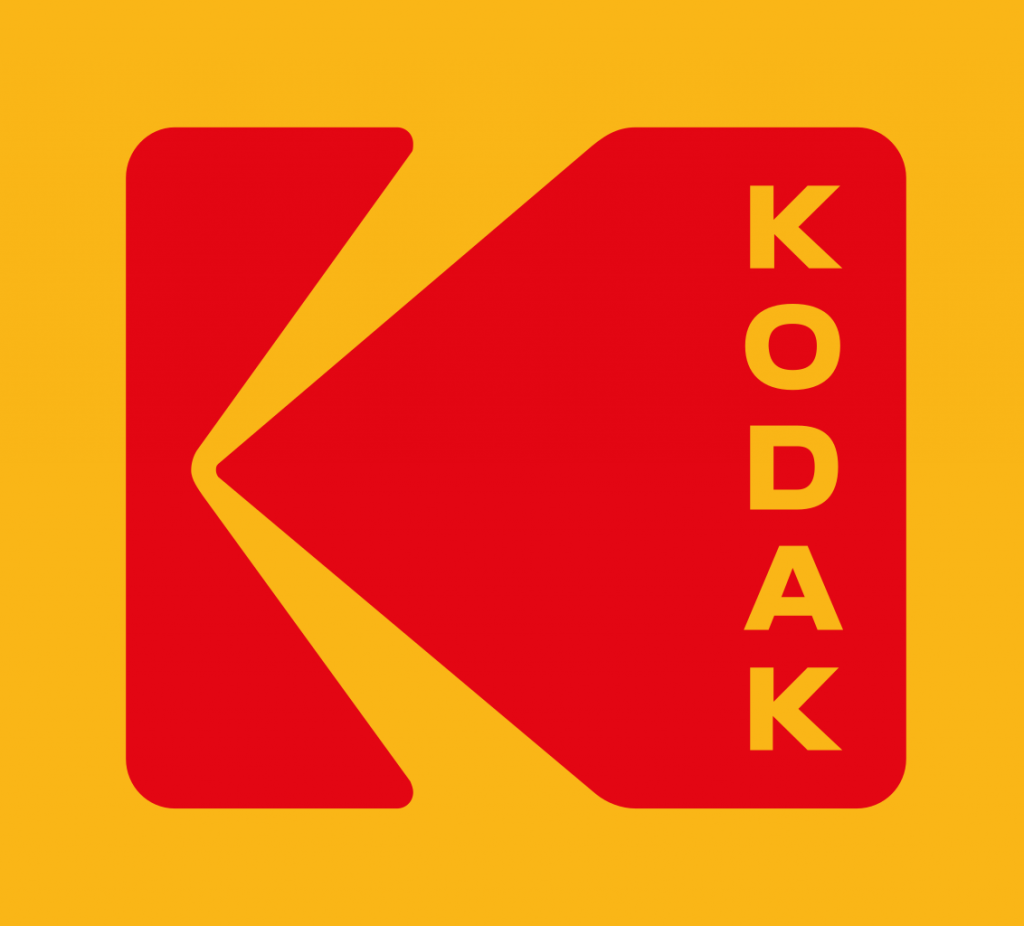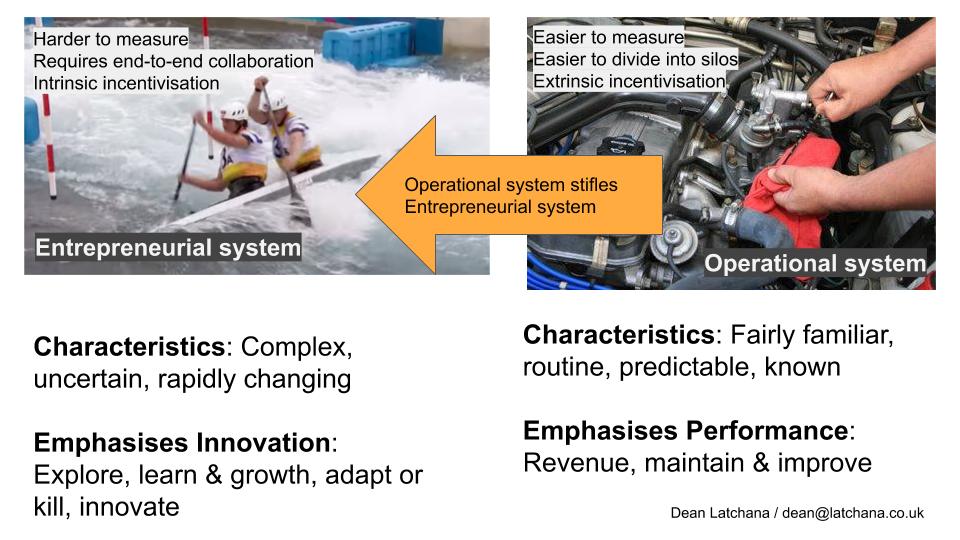
In his The Startup Way book, Eric Ries reveals how entrepreneurial principles can be used by businesses to take advantage of enormous opportunities and overcome challenges resulting from our connected economy.
In this series of posts, I’ll share my key takeaways, and relate those to my own experiences and reflections. In the last article, I explored how organisations corner themselves by becoming over-reliant on their successes. In this article, I’ll introduce and reflect upon the missing organisational capabilities for entrepreneurialism and new growth.
Ries describes these capabilities as:
- Create space for experiments with appropriate liability constraints
- Fund projects without knowing the return-on-investment (ROI) in advance
- Create appropriate milestones for teams that are operating autonomously
In my experience, successful innovation occurs when entrepreneurs’ autonomy is bounded within a governance process which selectively and incrementally invests in strategies that are demonstrating early success. If innovators cannot demonstrate early signs of ROI then they either pivot to a different strategy, or they receive no further funding.
This approach enables appropriate liability constraints, operational autonomy and funding without knowing the ROI upfront. It protects innovations teams from over-committing, and it protects the business from over-investing in strategies which haven’t proven themselves.
The team is liable because they have the responsibility to achieve what’s been agreed. The leaders are also liable in that they must remove organisational impediments and protect the team from the status quo that may hamper the innovation team.
Freedom is constrained to ensure the team and leaders focus on what specifically needs to be learnt at a sustainable pace. The constraints should be both time and funding; for example 4-weeks and $25,000.
Yet, this approach doesn’t mean innovation teams are micromanaged; it’s quite the opposite. Once an innovation team has agreed on the measures of success, gained the support of leaders and received the funding, they have the freedom to explore how to achieve their goals within the agreed constraints.

Photo by Jack Sparrow from Pexels
An example of where I’ve supported a retail client achieve this is with their Scan and Go service they were developing. The team wanted if store operations could support customers purchasing items by scanning and purchasing them using smartphones, and then immediately leaving the store. This allowed customers to avoid the checkout queues and put less pressure on the checkout staff.
There was natural concern that there would an increase in theft (known as shrink in the retail industry). To contain risk the innovation team had liability constraints of 2-weeks when they could test a prototype in two stores which were closely monitored. The types of items which could be purchased were also limited.

Photo by junjie xu from Pexels
No one knew the ROI upfront. How much would it cost to build and operate? How would it impact sales and shrink? How would store security respond? To find out the team worked with the leaders to agree on measures of success and thresholds.
Within a limited timebox, budget and range of items, the innovation team chose to develop and conduct experiments in a way they felt appropriate. The leaders were on hand to use their social network to identify the rare store managers who were open to partnering with the team.
Without prompting, tentative signs of success were shared between store managers. The excitement of collaborative discovery created interest from area managers. This buzz created a larger opening for the next scale of experimentation. Changed was never pushed onto store and area managers.
This unprompted exchange of stories between different groups shows that innovation is as much a social phenomenon as a technological one.
This example of experimentation with liability constraints, funding without knowing the ROI upfront and allowing teams to operate with autonomy, became an exemplar of entrepreneurialism for my client.
Remember from the last article, that entrepreneurialism is vital to ensure organisations don’t become over-dependent on past successes.
In my next article, I’ll reflect upon my next takeaway for The Startup Way, which will be on scaling the innovators’ successes with the resources of the parent organisation.



